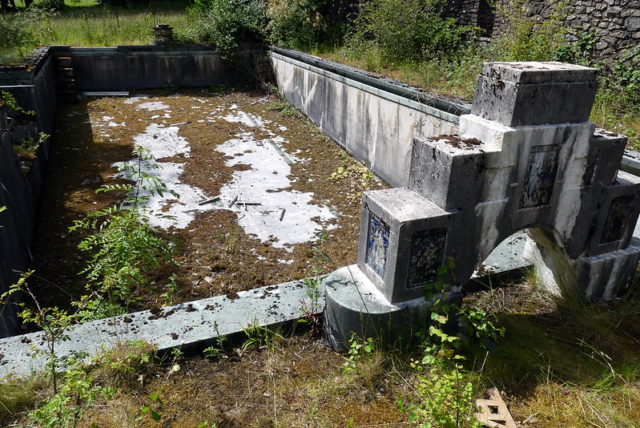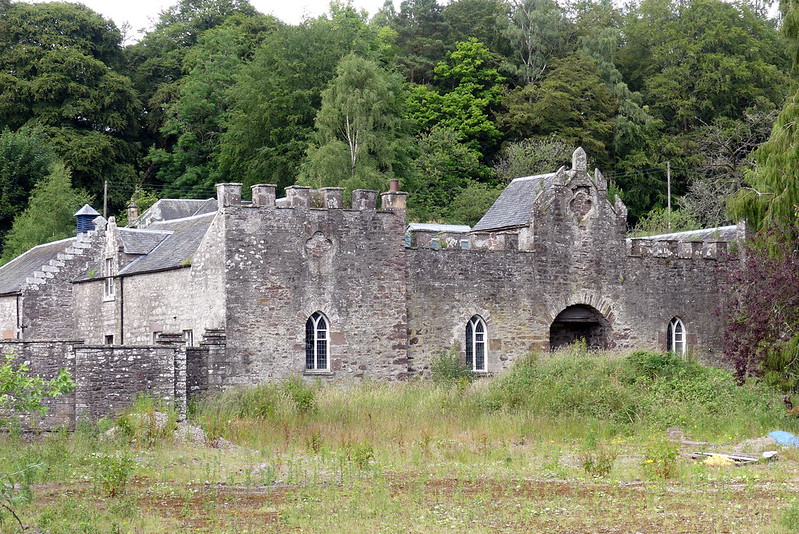The farm estate of Argaty, with its ruined manor house, is located a mile northeast of Doune, Stirling, in Scotland. “Argaty” is a Gaelic word that means “high windy place” since aird is a “high place” and gaoth is “wind.”
The land was originally part of the Doune estate, property that belonged to the Stuart family, the Dukes of Albany. However, after the Duke of Albany’s life ended with accusations of treason in 1425, his lands were confiscated.
King James I of Scotland granted the forfeited land to John Sinclair, Esquire to the King’s Chamber. When it passed to Sinclair’s daughter, she was married to Patrick Home, and the property passed to the Home family.
After that, the land of Argaty passed from one owner to another until the 18th century. At that time, Mary Hume married George Stewart (also spelled Steuart), one of the descendants of the original Stuart family. As such, the property passed back into the possession of the family that had owned it three centuries ago.
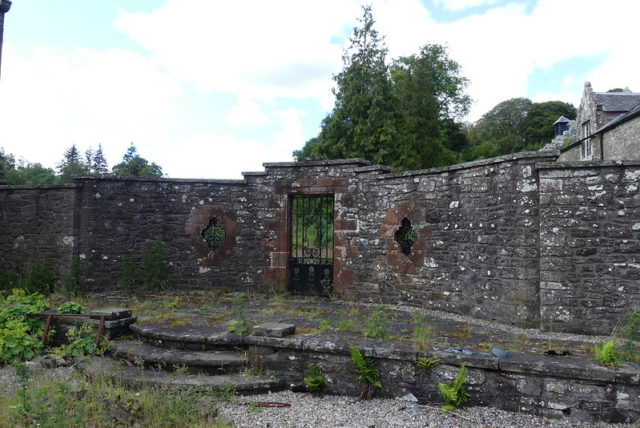
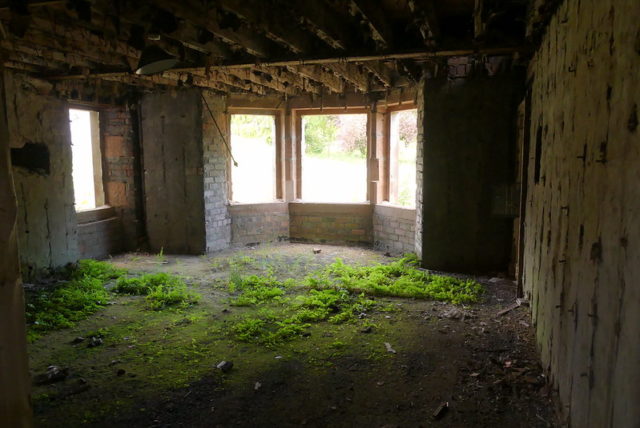
In 1758, politician George Hume Steuart of Annapolis, Maryland, inherited Argaty while also owning vast land in his country of residence. In 1775, when the American War of Independence broke out, he was forced to leave America and return to Scotland.
As part of his flight, he divided his numerous properties between his sons, and the Argaty estate was given to George Hume Steuart (who, upon receiving such an inheritance, changed his name to George Steuart Hume).
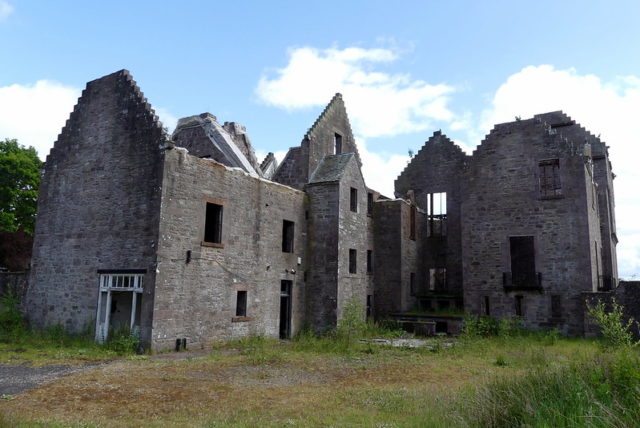
Sophia Home, George’s daughter, was the next owner when he passed on. His brothers in America tried to contest the inheritance, but they were unsuccessful. When Sophia married David Binning in the early 19th century, the estate became the property of the Binning-Home family.
In the late 19th century, the house was extensively remodeled, and older structures were incorporated into the new layout of Argaty House. The estate also acquired a reputation for breeding shorthorn cattle.
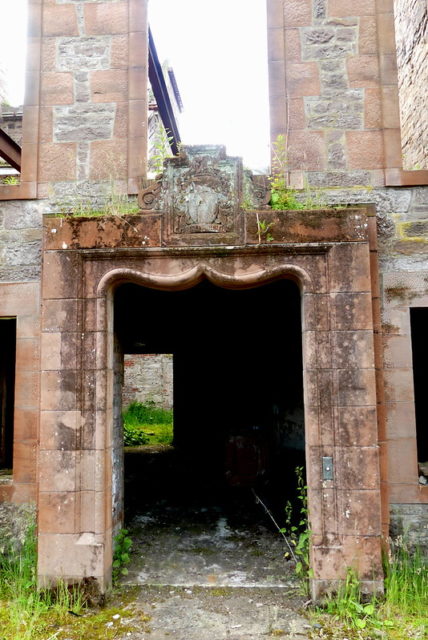
In the years that followed, the lands passed through numerous hands until 1916, when the Argaty estate was purchased by Mr. and Mrs. Henderson. Their daughter and son-in-law, the Bowsers, inherited the property in 1947.
The Bowsers managed the estate until 1986, which involved officially dividing the land into the estate itself and the farm in 1982. Today, the estate is currently managed by Niall Bowser and his wife, Lynn, who live on Lerrox Farm.
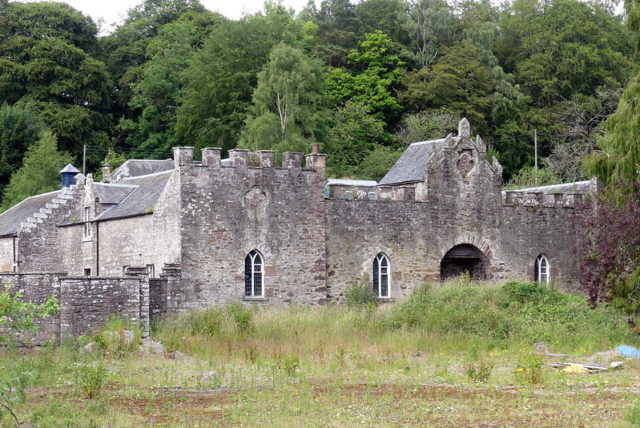
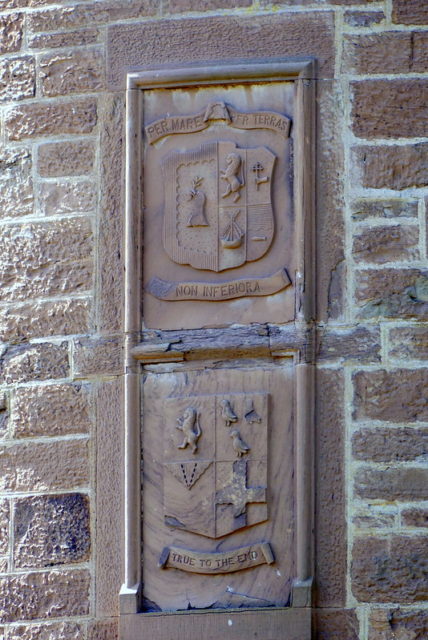
A particular draw to this property is that a feeding station for red kites was built on the land. This is the only such station in central Scotland. Visitors can observe the birds and their behavior in their natural habitat thanks to a reintroduction program run by the RSPB and Scottish Natural Heritage.
On April 30, 2011, a massive fire broke out in the roof space of Argaty House. The alarm was raised around 3.45 PM when the automatic fire alarm system was activated. Luckily, the owners were outside playing with their children, so there were no fatalities.
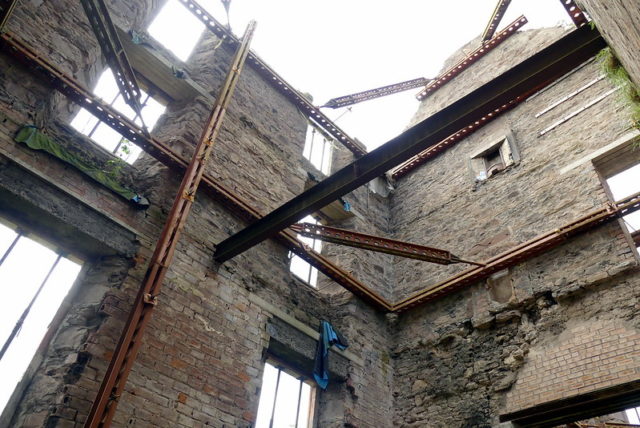
The cause of the fire was never established, but it had a devastating effect. Subsequent estimates indicate that 90% of the building was destroyed by the fire.
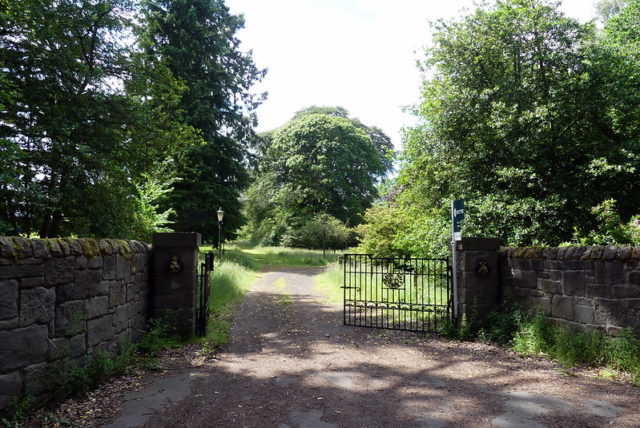
In November 2011, the owners contracted GUARD Archeology Limited to undertake a survey before they started refurbishment work. The company took at least one photograph of every room and established that the house was broadly divided into three wings: east, west, and south.
Their investigations indicated that there had been two earlier structures built on the land: one in the south wing that pre-dated the 19th century and another in the east wing which dated from the 18th century.
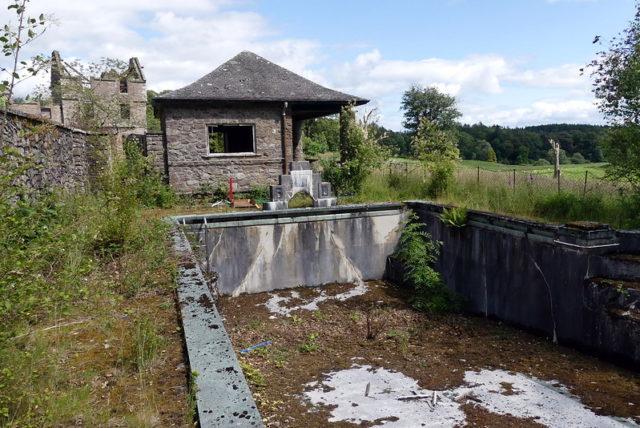
Both of these buildings had been modified and subsumed into the main house during the building work that took place from the mid-19th century onward.
The beautiful images of the abandoned Argaty house belong to Barry Ferguson who kindly gave us permission to share them in our article. He runs a Flickr account that is full of amazing pictures from his travels. Follow him on social media to enjoy more of his work.
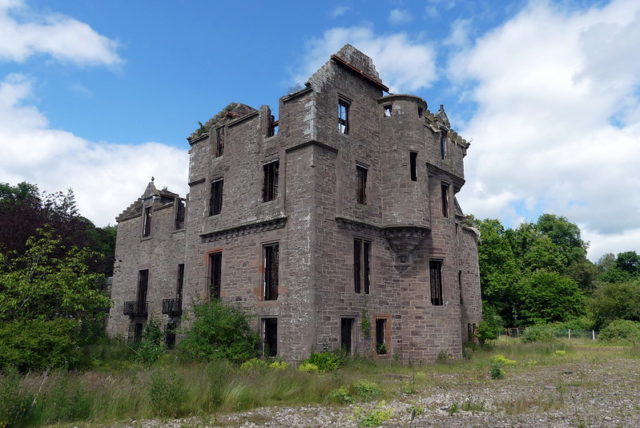
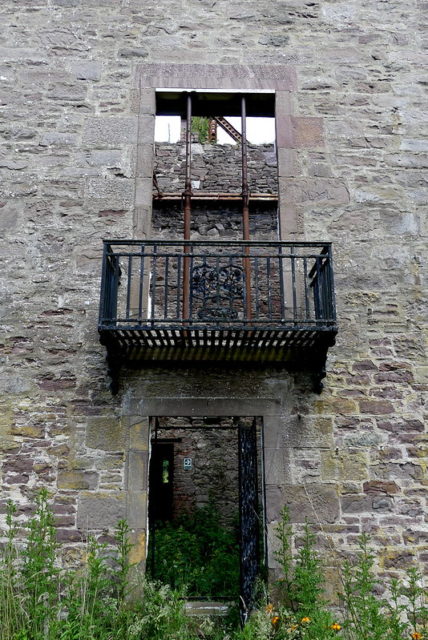
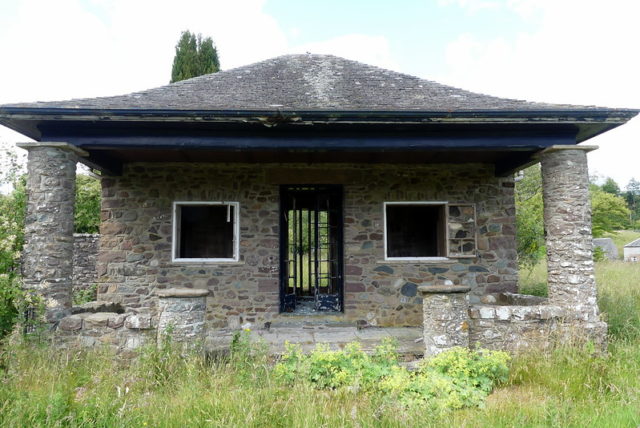
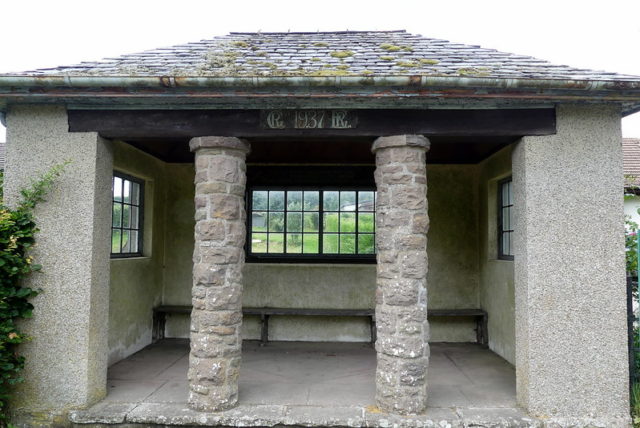
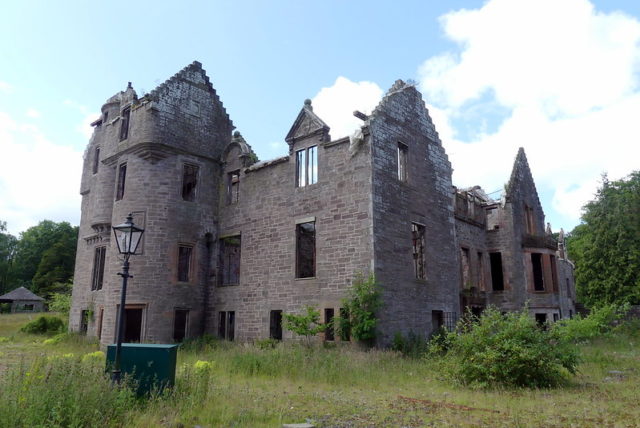
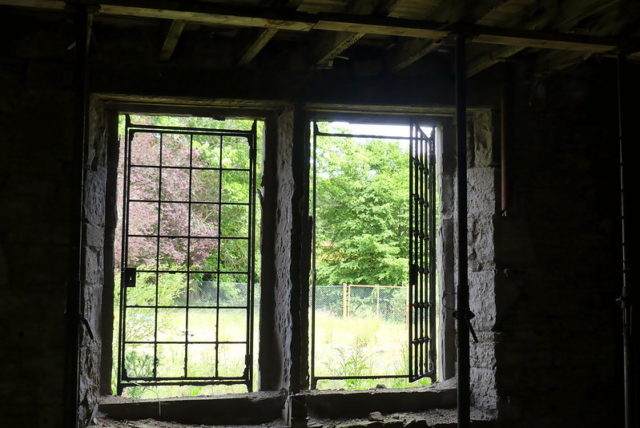
Another Article From Us: Airplane Graveyard in Bangkok: Tourist Destination and Living Space
